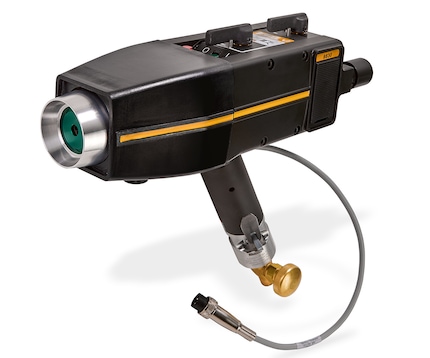
Arc spray: reliable, versatile, and affordable coating systems. With tailored technology options, configure a system for your applications.

Our thermal spray coating systems are designed and constructed to deliver reliable, consistent results and give you choices in feedstock and application technology to best fit your operational needs. As pioneers in thermal spray technology, we’ve spent 50 years researching, developing and optimizing our equipment to deliver the ideal coating solutions. Explore our complete lineup of thermal spray coating equipment and trusted systems that protect critical components against corrosion and wear in the electronics, aerospace, energy, and automotive industries. Linde Advanced Material Technologies designs and builds thermal spray coating systems utilizing various coating materials and the latest control and monitoring techniques to improve, restore and enhance substrate surfaces that meet your exacting specifications today and the continuous support to meet them in the future.

Arc spray: reliable, versatile, and affordable coating systems. With tailored technology options, configure a system for your applications.
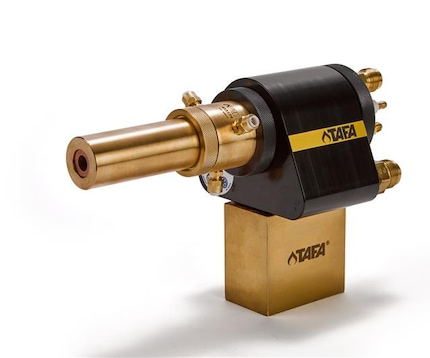
Choose from liquid- or gaseous-fueled HVOF systems that meet your production needs with quality and repeatability.
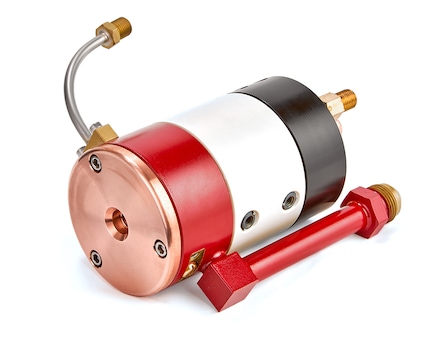
Our complete range of TAFA® plasma spray systems offer consistent performance at any energy level for ultimate control over your operations.
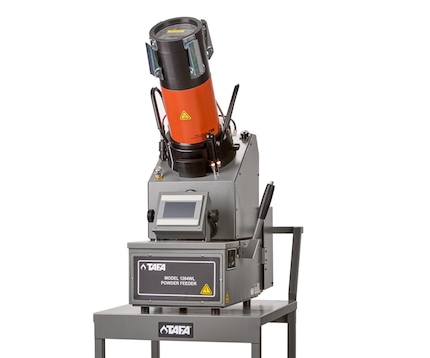
TAFA® powder feeders offer proven precision & accuracy for highly controlled results. Choose from open- or closed-loop units.
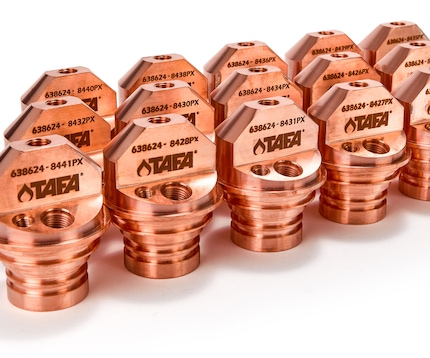
Spare parts designed and manufactured to precise tolerances to maximize equipment uptime.
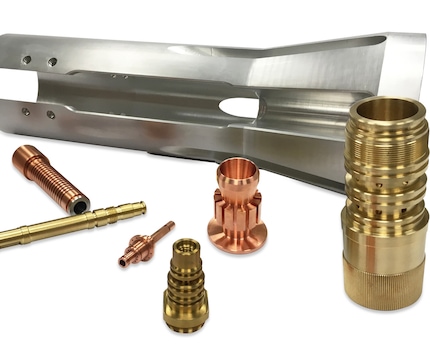
Precision replacement parts, torch assemblies, hoses, cables and consumables made to ensure consistent quality.